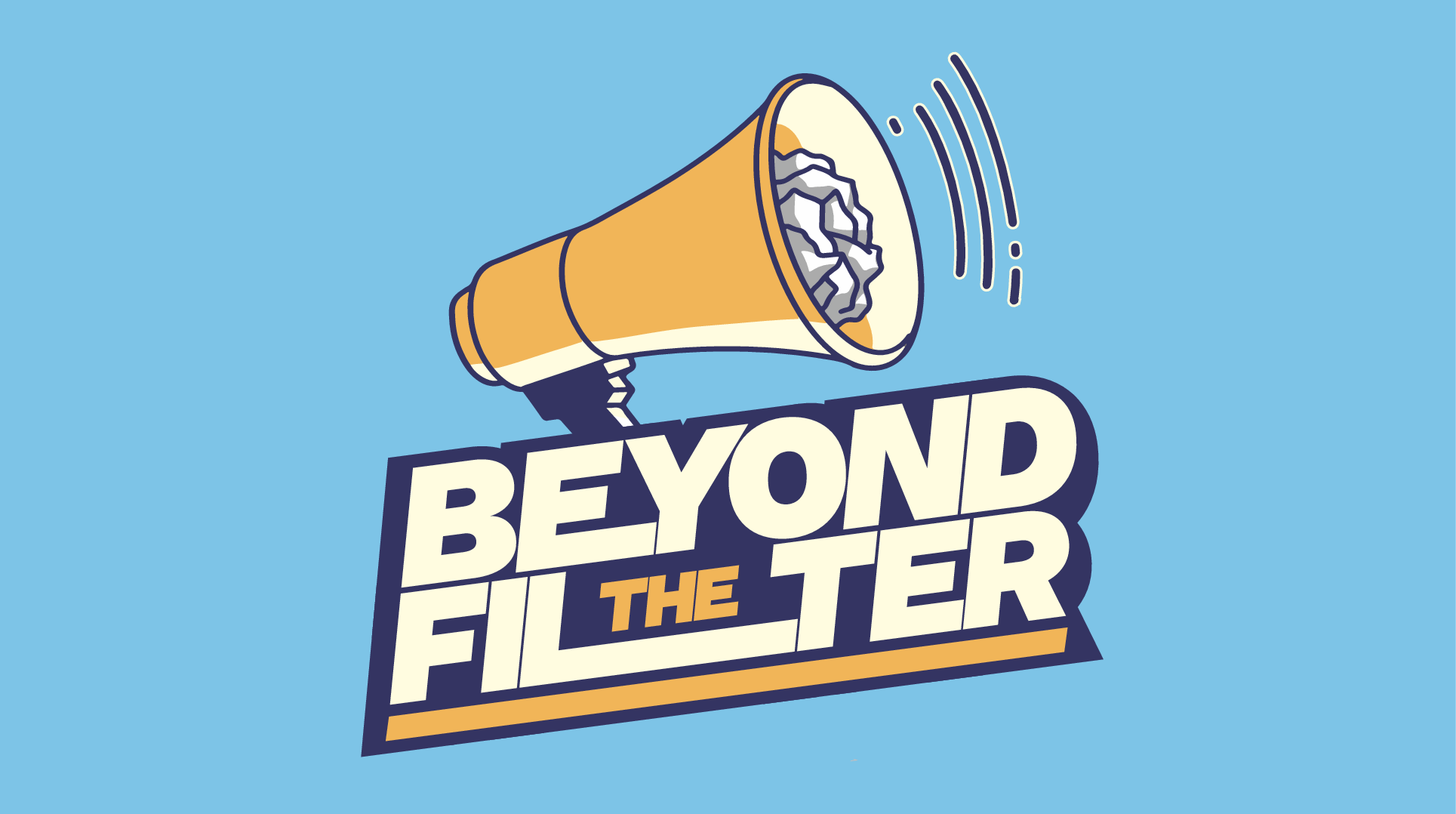Did you know that bringing a comic book into Australia that contains scenes of consensual sexual bondage is illegal? That you could be arrested for doing so, under the same provision of the Customs Act that you’d be arrested for if you brought in real child sexual abuse material (CSAM)? This is just one of the absurdities of Australia’s antiquated classification system, which treats common sexual fetishes such as spanking and wax play as “revolting or abhorrent”, and lumps them – as well as reams of erotic art and fiction, and even non-fiction about sexual abuse – together in the same classification category as CSAM.
In fact, according to a Freedom on Information Act request that was returned to me on 17 May, Australia’s Federal Police don’t even keep records of whether the charges that they lay concern real child abuse materials or art or fiction. We therefore have no way of knowing what proportion of resources meant to be reserved for protecting real victims, are instead being wasted on criminalising people over victimless fantasy materials.
Australia needs to face up to the fact that this is profoundly misconceived on every level – scientifically, pragmatically, and ethically. The desire to regulate the transmission of potentially offensive media through society is a valid one, but the desired outcome can be achieved without banning books and artwork and locking people up in cages – which are hallmarks of an authoritarian society, not a supposed liberal democracy such as Australia.
The Classification Scheme Under Review
In April 2024, an Australian government consultation was opened on Modernising Australia’s National Classification Scheme. The consultation paper specifically calls out comic books as potentially requiring tighter controls, and references an earlier report the Stevens Review which seriously suggested that there were genres of Japanese manga that should be banned as CSAM regardless of context – something that applies to no other form of media, and would certainly impact works by award-winning authors and artists.
In response, I’ve written a detailed submission that addresses how Australia’s classification regime could be modernised, but in a way that respects human rights and the interests of the diverse populations that are most likely to be affected by content bans, including victim survivors, LGBTQ+ individuals, and sex-positive communities. You can read the full submission below, or download it here.
One of the key recommendations among nine contained in the submission is that Australian law should be harmonised with American law in recognising that real CSAM belongs in an entirely different category to offensive art and fiction. American law rightly imposes categorical criminal liability only for the former, recognising that it is the state’s interest in protecting children from direct harm that gives the law its constitutional and ethical foundation. Protecting the public from offensive art and fiction, if it is a legitimate function of government at all, doesn’t even come close.
Importantly, making this change to the law wouldn’t affect the ability for government to require online service providers to remove explicit content. That’s because the definition of material that providers can be required to remove under the Online Safety Act’s online content scheme is based on content classification standards, not the standards of the criminal law. In other words, even if fictional content were excluded from the criminal law, no changes would be needed to the Online Services Act to maintain the government’s power to have it removed from the Internet.
My Submission
The submission’s conclusion reads as follows:
The government’s commitment to modernising Australia’s Classification Scheme by moving towards a more evidence-based framework for content classification and regulation is warmly welcomed. This shift acknowledges that the rapidly evolving media landscape demands a more nuanced and informed approach to balancing individual rights and freedoms with the need to protect vulnerable groups.
By grounding policy decisions in empirical research and expert advice, the government can ensure that regulation is effective, proportionate, and responsive to the needs of all Australians. This submission aims to contribute to this evidence-based and human rights-compliant approach, one that prioritises the protection of consenting adults’ rights to access and engage with sexual content, while safeguarding children and non-consenting adults from exposure to harmful material.
Perhaps the lowest hanging fruit among the recommendations made in this submission is that the permissibility of adult fetish content should not be gauged based on loaded concepts such as whether it is “revolting or abhorrent,” but rather whether it risks causing actual harm to identifiable individuals and communities. Although it is a more difficult pill for many to swallow, exactly the same rational, evidence-based approach should be taken in relation to fantasy and fictional sexual material (FSM) such as the written word and comic art, with the ages of the fictional characters depicted being a factor, but not a dispositive one, in how such works should be classified.
There is no argument, from any reputable quarter, that real child sexual abuse is intolerable and wrong in every circumstance. Yet the “slippery slope” argument as advanced by some that the treatment of the sexuality and abuse of minors in art and fiction evinces a tolerance for it in reality is patronising, false, and offensive. It advances a policy of “guilt by association” that is foreign to Australian law. The argument also ignores the stark reality that children and victim survivors, especially those from within the LGBTQ+ community, are the most likely to be affected by the over-criminalisation of FSM (see 6.2 above).
In light of evidence that these FSM materials are more than likely to be harmless, and could even be helpful (see 6.1 above), the actions of Australian law enforcement in indiscriminately targeting creators and consumers of these materials for prosecution raises serious doubts as to whether the government is in fact pursuing the interests of children through these measures, or rather a puritanical and un-Australian agenda for the restriction of legitimate speech. Considering also the inconvenient truth that Australia is violating its human rights obligations to uphold the freedom of expression and privacy of creators and consumers of FSM, the case against a “zero tolerance” approach to FSM could not be clearer.
Apart from being ethically and legally indefensible, the “zero tolerance” approach is also doomed to failure. In every schoolyard in Australia, there are children who exchange FSM content such as manga and “furry fandom” art that would be Refused Classification, and could expose them to criminalisation. On every social media network, creators and fans share links to fiction and art hosted on websites that are legal overseas, and will likely always be beyond the reach of Australian law enforcement.
One of these, Archive Of Our Own (Ao3) for example, is run by a U.S. nonprofit the Organization for Transformative Works, whose express purpose is to prevent censorship of content that is protected by the First Amendment to the United State Constitution – much of which would be Refused Classification in Australia. But the site is anything but an anarchistic free-for-all. It incorporates a flexible and sophisticated filtering and tagging system, that allows individuals to curate their own experience, hiding content that they might find triggering or offensive, and surfacing content that matches their interests.
Here is where the answer lies. Not in a paternalistic approach that instructs adults on what media they are permitted to enjoy and throws them into a cage if they disobey, but rather an empowering approach that provides them with the freedom, the information, and the tools that they need to decide for themselves what they wish to read, hear, see or play. Official classification is part of the solution, but so too are the tagging and filtering systems that many online platforms are innovating without the need for any government intervention at all.
Conclusion
Australia’s hardline laws criminalising “offensive” art and fiction reflect an antiquated, authoritarian mindset that values the policing of thought over the prevention of real-world abuse. Indeed, the law doesn’t even recognise whether a person depicted in a work is a real victim or a fictional character as a factor to be considered at all. For comics fans, there are signs that the Australian government intends to tighten, rather than to loosen, its already puritanical classification standards.
That would be a step back in the wrong direction. Instead, it is high time for Australia to refocus its resources on combating genuine sexual exploitation, rather than on persecuting those suspected – often falsely – of harbouring sexually deviant thoughts based simply on what they read, write, or draw. You can read my full submission below, or download it here.




